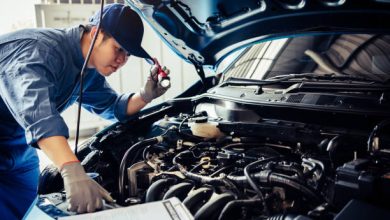Wherever you may be, take a look around and observe. You’re likely to see people on their smartphones, tablets or some sort of gadget. It represents the impact technology has on our daily lives. Technology has significantly altered the way we work, interact and even move ever since the technology boom of the 1990s.
The impact is especially evident in Singapore’s mobility landscape. These advancements have had a significant impact on both public and personal transport models.
Technological Shift in Transport
Public transport in Singapore is one of the most convenient and reliable systems in the world. A large part of the convenience can be attributed to how easy it is to pay for your travels with an EZ-Link card.

Before its introduction, paying for your bus fare was a chore. There were two modes of payment, fare cards and by cash. After making the payment, you had to wait for tickets to dispense before moving in.
Sounds painful, right?
As such, boarding buses took up a lot of time due to the troublesome nature of the payment. The Ez-Link effectively dealt with this issue.
The Ez-Link card also provided Singaporeans a glimpse of the future – a form contactless payment.
Ride-Hailing Apps
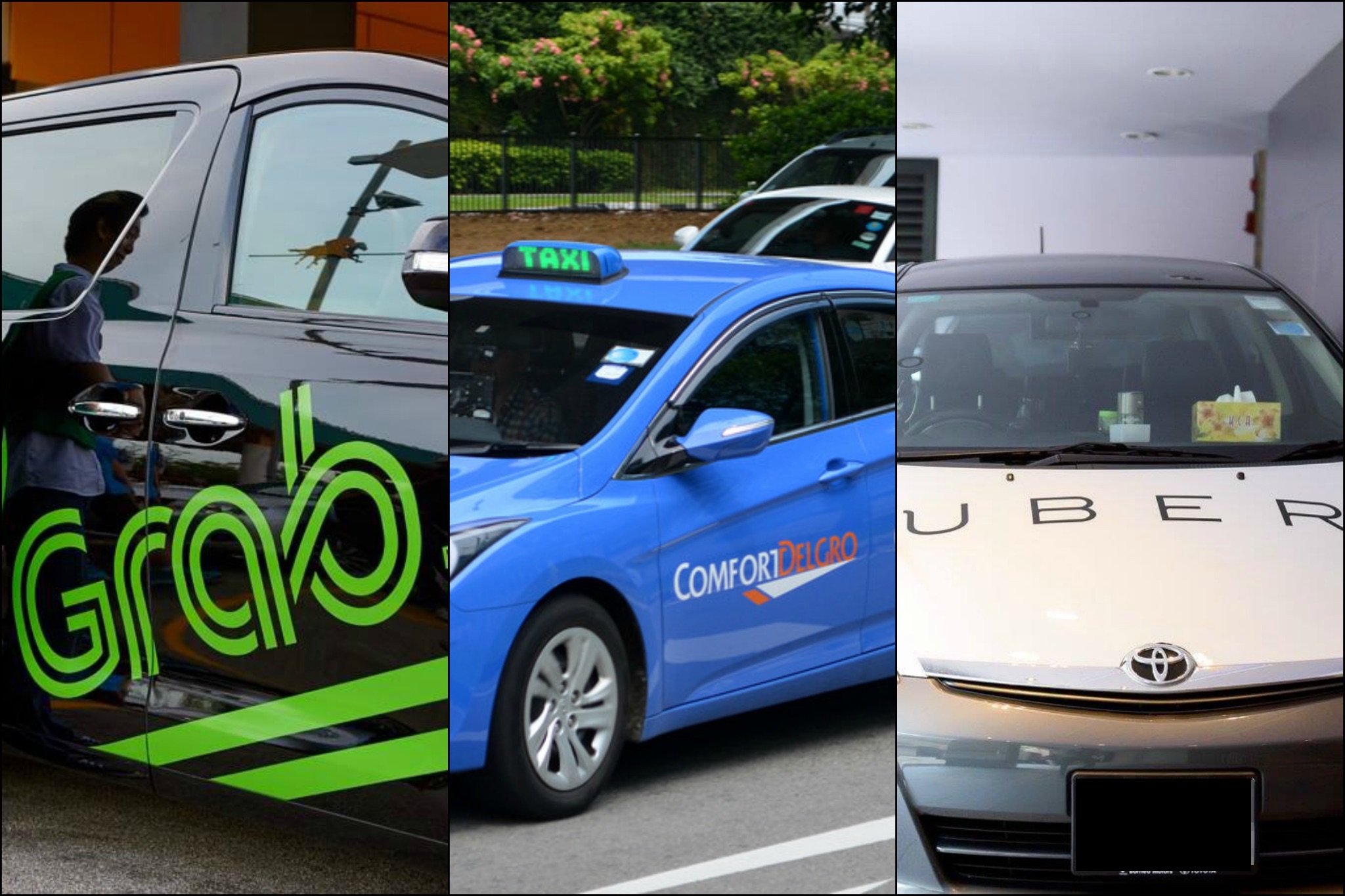
The meteoric rise of Uber and Grab internationally, succinctly illustrates how technology has had an impact on the way we move. JustGrab the first smartphone you find and chances are, there’ll be one of these apps in them.
The ease of use, convenience of paying without worrying about how much you have in your wallet and the abundance of promo codes make these applications a must-have for many.
Passenger Cars
For a sense of how technology has affected the mobility landscape, all you have to do is look at passenger cars. We’ve gone from Fossil Fuel-Based cars to Hybrid and Electric cars. And that’s just the tip of the iceberg. The engine is not the only thing that has evolved.
A plethora of improvements have made some cars stand out more. From self-parking to voice control and even automatic braking, these developments wouldn’t have been possible without technology.
Advancements to the transport industry in Singapore has positively altered the way we move. Yet, further improvements are expected to hit the shores in the coming years.
So what does the future of transport look like?
Driverless and Autonomous Cars
Driverless and Autonomous cars are the future.
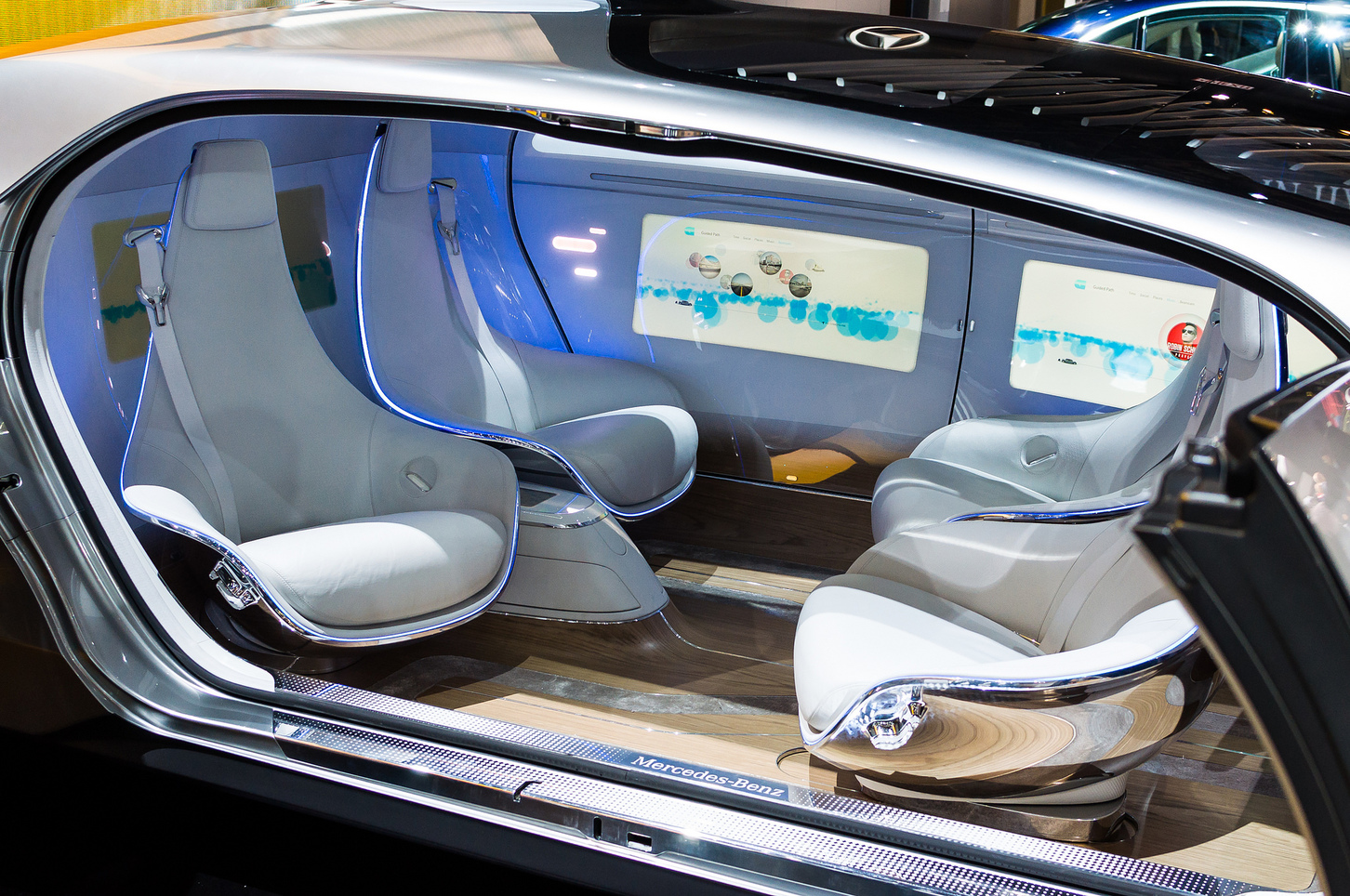
But wait, aren’t driverless and autonomous cars the same thing?
No, they’re not!
Even though it’s common to use the two terms loosely, they’re actually quite different. The difference is, a driverless car does all the work for you while an autonomous car still requires some human interaction.
In driverless cars, the cars do all the work. You don’t have to sit in the driver’s seat or pay attention to the roads. Whereas autonomous cars still require the driver’s concentration and awareness of the surroundings.
Although these vehicles have been around for some time, they haven’t really taken off on the roads yet. But it will all change in the near future.
Tests for the Future
Inroads have been made to shift the country’s mobility landscape. An array of trials and tests have been going on over the last few years.
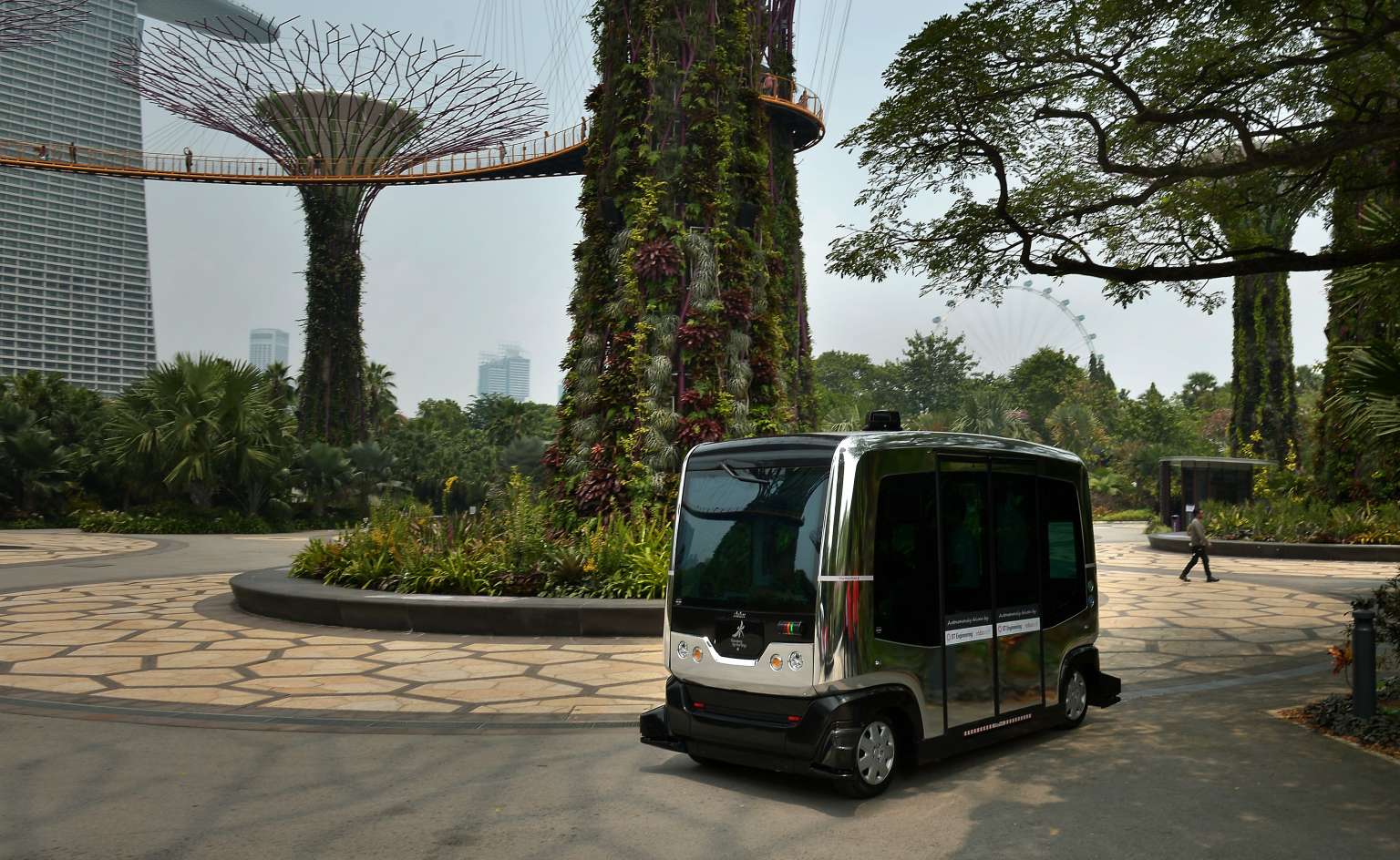
In 2015, Gardens by the Bay introduced the Auto Rider. Which created much fanfare due to the novelty behind driverless and autonomous vehicles. The fully-electric vehicle can carry up to 10 people.
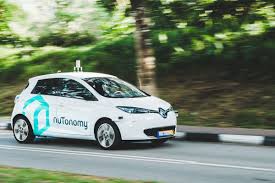
nuTonomy, an autonomous taxi service was introduced in Singapore in 2016. Offered to just a select group, the service works just like other ride-hailing apps. The trials were limited to the One-North area but the company plans to fully launch in the second half of 2018.
Other instances of autonomous and driverless vehicle trials include service routes around National University of Singapore (NUS) and National Technological University (NTU) campuses.
While most tests were targeted at passenger services, trials were also done for service trucks carrying goods. ExxonMobil tested out autonomous trucks at its manufacturing site to transport goods to their different facilities. Also, the Ministry of Transport and PSA Corporation tested the use of autonomous trucks at port terminals.
Future of Transport
So what does the future hold?
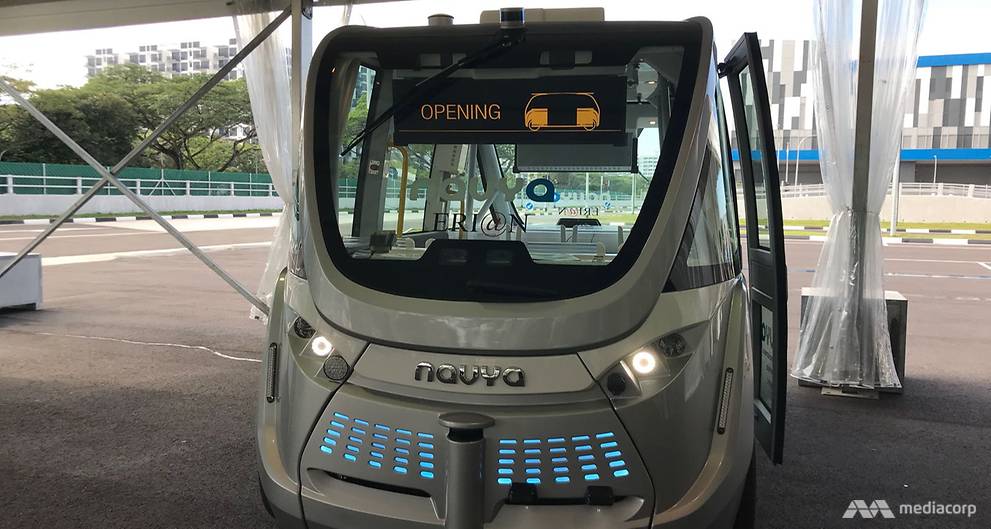
The government has already made plans to introduce these driverless and autonomous vehicles to three towns. Punggol, Tengah and Jurong Innovation District will be the first to witness self-driving buses and shuttles plying the roads.
The trials are scheduled to begin from 2022. And it will be the first large-scale trial for driverless and autonomous passenger vehicles in Singapore.
But apart from seeing driverless and autonomous vehicles on the road, autonomous air taxis could be on its way. Trials will take place in the second half of 2019, which means that the future of transport in Singapore is going to be very interesting.
This is a peek into the future of transport in Singapore. If successful, driverless and autonomous vehicles will take over the roads.
Also, many reports have cited the possibility of autonomous and driverless vehicles shaping our future lifestyles. With the added convenience these options offer, a car-lite society could be even more likely.
The increased accessibility and significantly cheaper prices could convince car owners to swap personal cars for these services. But it’ll still depend on how convenient it is.
Additionally, young children, elderly folks and persons with disabilities will have amplified access to transportation services. These vehicles will provide an added convenience and assurance for them to travel on their own.
Only time will tell if this vision will turn into a reality. For now, we’ll have to wait and see how the trials go.
People also liked: HOW WILL DRIVERLESS CARS CHANGE THE ROAD AND OUR LIVES? THE RISE OF ECO-FRIENDLY CARS IN 2018 HOW TO GET OUT OF A TRAFFIC SUMMON


